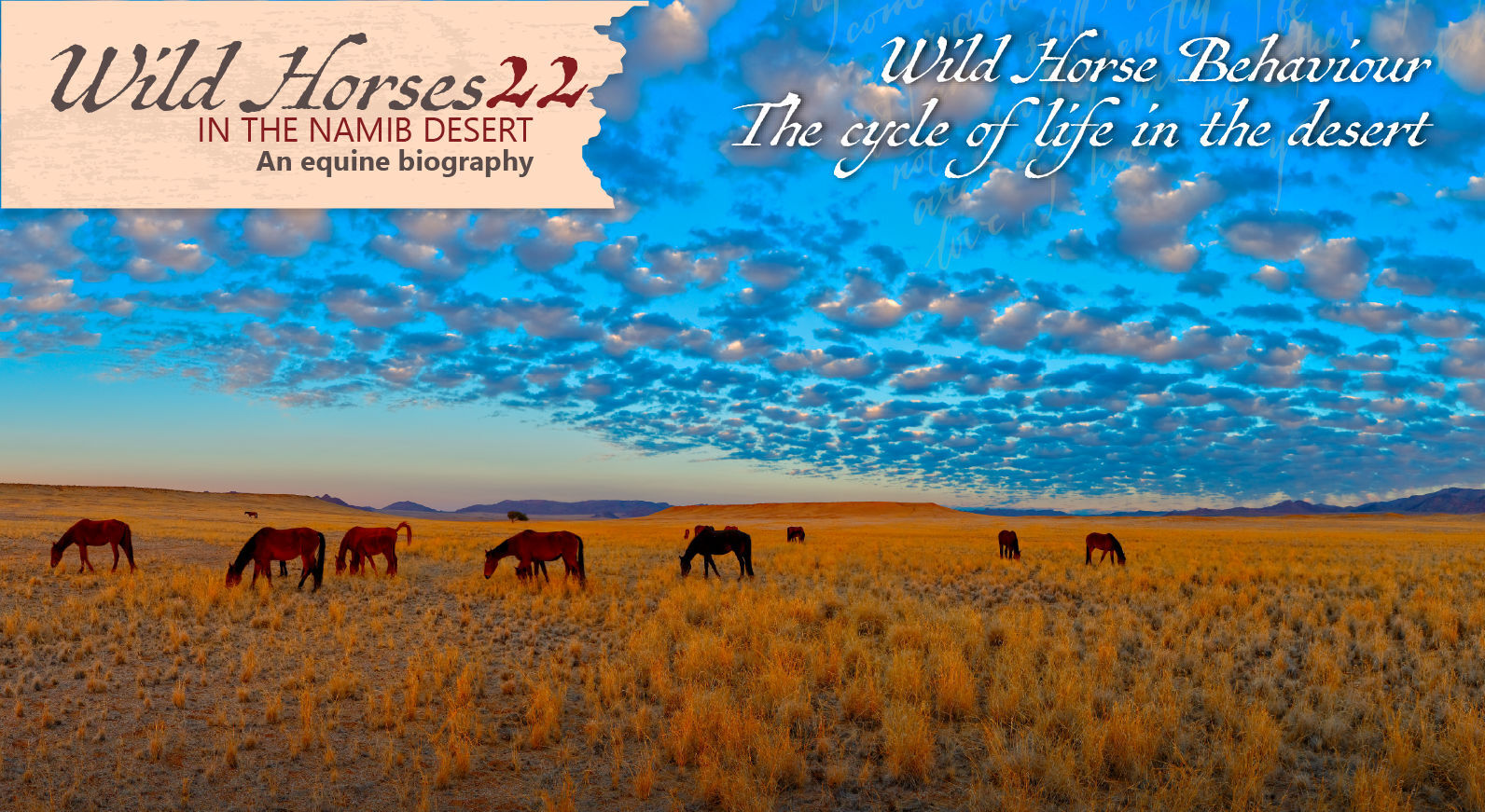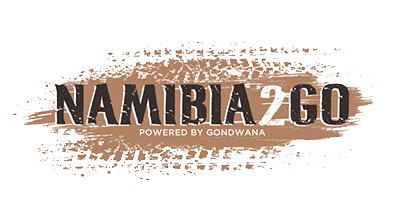Set in southern Namibia, Great Namaqualand, ‘Bittersweet Karas Home’ is the story of three families, the Hills, Walsers & Hartungs, whose lives merge and intertwine in a semi-arid land that presents both hardship and blessings. Over the next few months, we would like to share this bittersweet saga with you from the (as yet) unpublished book.
Running away from Home
Emil Friedrich Hartung’s journey to Enos (cont . . .)
When Emil Friedrich realised that the United States was not for him, Argentina and South Africa became attractive options. News of the discovery of diamonds near Kimberley in 1867 had spread, even raising the hopes of those who did not rush to the dry and wet diggings in Griqualand West. The English language skills that Emil had acquired would be useful in many parts of South Africa. He invested in a voyage to Cape Town.
After weeks on the Atlantic, the boat sailed into Table Bay in strong winds and through high waves. He saw Table Mountain towering majestically above the bay, with the city nestled below. The mountains of Lion’s Head, Signal Hill and Devil’s Peak were dwarfed by its vastness. One could spot the Castle of Good Hope with its moat and sturdy gateway. Like everybody else on board, he was awestruck. It would be easy to like Cape Town.
In his next adopted home, he would try not to make the mistakes of the first stage of his journey from Kassel. He disembarked, entered Cape Town’s business world, acquired trade skills and learned a second foreign language, Cape Dutch, in its spoken and written form.
He made friends and had a love affair with Mathilde Barry from Wynberg, but shrank away from marriage. On 9 September 1882, his illegitimate, or in the terminology of those days, ‘natural’ son, Frank or Freddy Barry, was born. Emil Friedrich kept contact with his first-born son over the years and would honour his obligations by paying for his boarding school education in Paarl. He would also include him in his will, although he would only be entitled to a share of the inheritance if Emil’s legitimate children died before him.
Itinerant traders in the Cape Colony established links with trading firms. Becoming a pedlar was an opportunity for a young man and could supply the capital needed to begin other commercial ventures. Emil Friedrich, who was already in his thirties, sold goods to rural South Africans and, later on, to South West Africans who lived far from the towns. His main route included Little Namaqualand and Bechuanaland, north-east of the Cape Province, and Great Namaqualand, on the far side of the Orange River. Traders who crossed the Orange River into Great Namaqualand usually contacted Charles Henry Hill at Groendoorn for advice, support and hospitality, as did Emil Friedrich. He became a regular visitor and met Charles Henry’s daughter, Wilhelmina Charlotte, whom he married in Warmbad in 1888.
Traders were in need of land to graze the livestock they often received as payment. Emil acquired the right to make use of a freehold farm near Zwartmodder at the Molopo River. This was the farm Arris, which was relatively close to the Zwartmodder post office and was part of Carl Wilhelm Walser’s Ukamas complex.
In 1884, Germany’s colony between the Orange and the Kunene rivers, the Atlantic and the Kalahari, took off tentatively. Emil Friedrich Hartung had left Kassel as a Hessian, but with Germany’s 1871 unification he had become a German citizen and the German consul in Cape Town supplied him with the appropriate papers. He, however, did not immediately approach German officials in German South West Africa. One reason for this delay may have been the fact that the official national service age from 21 to 40 made him eligible for duty, with the possibility of being drafted as a Schutztruppe soldier. In 1891, at the age of 42, he approached Kurt von François about farmland in Great Namaqualand and about the acquisition of the farm Arris, in particular. He emphasized that he was a German citizen, apparently hoping for preferential treatment. This was not given because Arris was beyond German control, falling east of the 20-degree longitude border, and thus a part of British Bechuanaland.
The negotiations with the German government concerning Arris dragged on and turned out to be futile. At the same time, he had to deal with the officials in Upington in the Cape Colony, who rejected all Bondelswarts claim to land that was under British jurisdiction even though Arris was on Bondelswarts land and had been acquired with a contract signed by the Bondelswarts captain. The Upington officials were, however, willing to reimburse him for improvements he had made to the farm. Emil then leased the 10 000-hectare farm Alt-Maltahöhe near Gibeon (in German South West Africa), which he named Annatal in honour of his sister. With two pieces of land to take care of, in territories under the administration of different countries, he was always on the move, spending three months in Arris – a trek of more than a month – and three months in Annatal. He was often late for responses to official letters and missed out on court sessions and deadlines. To exacerbate matters, the border was often closed due to wars and diseases. Crossing it with livestock was cumbersome because it required more paperwork and there was always the threat of taxes and tariffs.
Annatal was not very fertile and not large enough for Emil Friedrich’s purposes, especially after land was annexed as grazing for Schutztruppe horses. (Today most of Annatal has become townland.) He despaired about the lengthy and bureaucratic process involved in the farm application for Annatal. The Hartung name was never entered on Alt-Maltahöhe’s official farm register. His many letters to Von Burgsdorff in Gibeon and other administrators are evidence of his struggle to secure possession.
When Emil Friedrich, with or without his family, commuted between Arris and Annatal, he passed the Groendoorn complex. He had heard of a shortcut through Veldschoendrager territory. On this shorter journey, he passed Keetmanshoop and then travelled eastwards towards Haruchas (which is called Aroab today), eventually passing through a farm called Enos. He fell in love with the land at first sight. Enos had belonged to the Pilkington brothers from Port Nolloth, who had bought the land from the Veldschoendragers. The brothers soon realized that the distance made it impossible to farm profitably and looked for a new buyer. A Mr Alexander Cowie from Port Elizabeth showed an interest and purchased the farm. Emil Friedrich traced Mr Cowie in Port Elizabeth and arranged to visit him. He had to travel by mule cart to Prieska, the first station on the railway, and then take the train to Port Elizabeth. He arranged for the provisional purchase of the farm, finalising it later by letter. The farm was 30 000 hectares and was bought for £600. This was a transaction between private parties requiring minimal red tape and was registered by the German consul in Cape Town. After a decade, two farms had slipped through his fingers but Emil now had a farm that he would finally be able to call home.
(Join us every Sunday to take a step back in time and follow the interesting, sometimes sweet, sometimes heart-wrenching tale.)


.jpg)
.jpg)





.png)

SUBMIT YOUR COMMENT